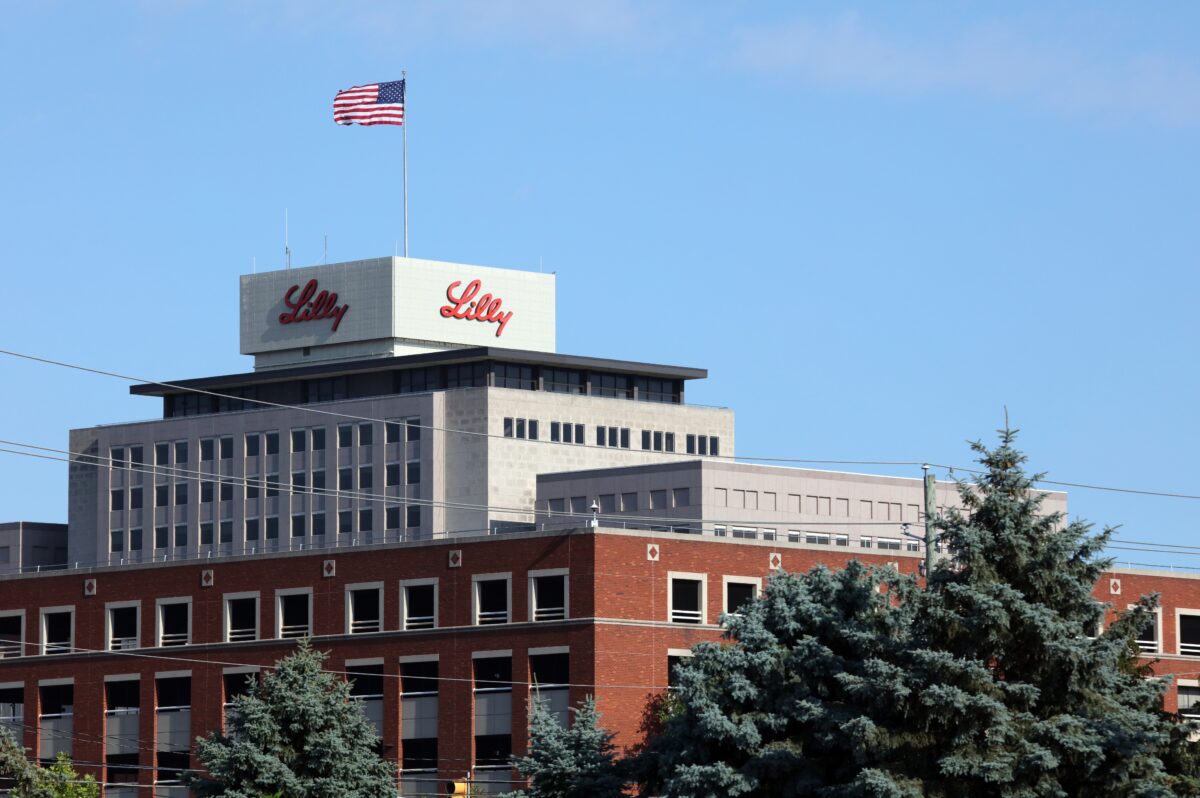The anterior lumbar interbody fusion (ALIF) device by Aurora Spine is the first color-coded, bone-mimicking structure implant in the world. The photo shows bone mineral density (BMD)-specific interbody fusion devices with high (green), mid (yellow) and low (red) density patient-matched implants. Photo courtesy of Aurora Spine.
As the global aging population increases, the prevalence of bone-related diseases like degenerative spine disease and osteoporosis follows. The degeneration of intervertebral discs can occur as early as in one’s forties, and osteoporosis is a severe manifestation of low bone mineral density (BMD) and affects approximately 200 million people worldwide, making it the most common bone disorder.
For spinal degenerative disorders, the predominant treatment is surgical intervention to fuse the anterior spinal column. However, complications can arise from implants if the patient has low BMD, such as cage subsidence (caving). Since 1.62 million spinal fusion surgeries were performed yearly based on a 2020 estimate by iData Research, there is a growing need for developing spinal fusion implants with structures that can be tailored specifically to a patient’s BMD.
On June 6, 2022, Aurora Spine, a designer and manufacturer of spinal surgery medical devices, announced that they received US Food and Drug Administration (FDA) 510(k) clearance for the DEXA SOLO-LTM spinal fusion system. The 3D-printed anterior lumbar interbody fusion (ALIF) device is the first bone density-matched implant and is based on the company’s patented DEXA Technology Platform. It is the first of its kind device for lumbar spine surgery, and the first color-coded and bone-mimicking implant on the market. These characteristics will aid surgeons in properly matching the implants to a patient based on bone quality and density.
XTALKS WEBINAR: All Means All: The Road to Inclusivity in Clinical Trials
Live and On-Demand: Tuesday, July 12, 2022, at 11am EDT (4pm BST/UK)
Register for this free webinar to learn what the FDA’s new draft guidance means for diverse and inclusive trials. The featured speakers will discuss this new draft guidance, where it falls short, and what our industry still needs to address to make clinical trials more inclusive for all.
The Anterior Lumbar Interbody Fusion Device that Matches Patient Physiology
The DEXA SOLO-L implant was specifically designed to mimic the structure of human cancellous bone, particularly the lattice structure and similar elasticity. It also has a porous design where the compactness of the pores corresponds to the different BMDs.
A recently published study demonstrated the need for implants that consider bone quality and density, as patient bone quality has not yet influenced manufacturing. Thus, the DEXA implants are the first in the world to mimic a patent’s bone quality and density to a personalized bone implant. The design of the implant also makes it resistant to post-operative subsidence.
In the study, spinal interbody implants underwent a series of biomedical tests based on existing standardized protocols, such as static axial compression, static and dynamic torsion/torque, static compression-shear and dynamic compression. The tests were completed in six implants made with polyetheretherketone (PEEK), and in six DEXA TiBone™ implants made with Aurora Spine’s technology designed intentionally to simulate the lattice structure of human cancellous bone.
The results demonstrated 87 percent and 88 percent improvements favouring the DEXA implant for static compression yield load and static compression-shear yield load, respectively. Although there was a statistically significant difference (p=0.0001) in static torque yield moment between the implant types (with DEXA having a greater torque yield than PEEK), the endurance limit of both implants in compression tests was similar (p=0.10).
Flexible Implants of the Future
The aging population, particularly in the US, is a phenomenon that has generated great interest in developing medical programs and policies to better understand and ultimately plan for the elderly. In the case of bone health, Aurora Spine aims to develop minimally invasive, regenerative spinal implant solutions for the market.
The large benefit of lattice-design, bone-mimicking implants like the DEXA SOLO-L is that they maximize and optimize the topology and structure of the spinal cage, reducing the risk of implant-related adverse events in low BMD patients. Although spinal fusion patients have a wide range of BMD, many existing implants are too rigid or dense for the spine — the profile of DEXA implants is unique in this sense and further research into their utility and design would inform both healthcare practitioners and patients about this treatment option.












Join or login to leave a comment
JOIN LOGIN